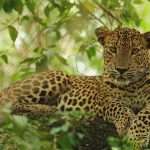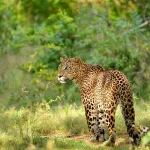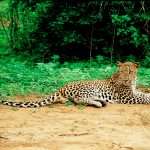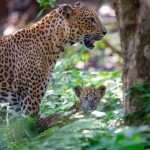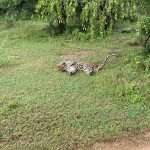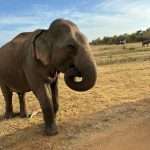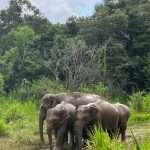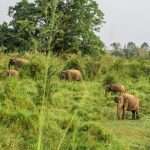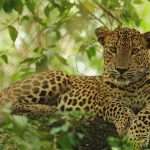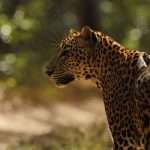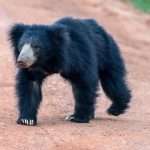Discover the Wild Heart of Sri Lanka: A Wildlife Odyssey
Nestled in the Indian Ocean, Sri Lanka is a haven for wildlife enthusiasts and nature lovers. This island nation, often dubbed the ‘Pearl of the Indian Ocean’, offers a remarkable diversity of ecosystems, from dense rainforests and dry plains to highlands and sandy beaches. Home to an impressive array of flora and fauna, Sri Lanka’s wildlife sanctuaries and national parks are a testament to the country’s commitment to conservation and eco-tourism. Join us as we embark on a wildlife odyssey through Sri Lanka, exploring its natural treasures and the efforts to preserve them for future generations.
The Jewel of Biodiversity
Sri Lanka’s geographic location and tropical climate contribute to its rich biodiversity. The country is recognized as one of the 34 biodiversity hotspots globally, boasting a high degree of endemic species — those found nowhere else on Earth. From the elusive Sri Lankan leopard to the majestic Asian elephant, Sri Lanka’s wildlife is as diverse as it is unique.
Yala National Park
As Sri Lanka’s most famous wildlife sanctuary, Yala is renowned for having one of the highest densities of leopards in the world. This park offers the thrilling opportunity to spot these magnificent creatures in their natural habitat, alongside elephants, crocodiles, and a plethora of bird species. A safari in Yala is not just a journey; it’s an unforgettable encounter with the wild heart of Sri Lanka.
Udawalawe National Park
Offering a starkly different landscape, Udawalawe is a sanctuary for hundreds of elephants, with herds of these gentle giants often seen roaming in the open. It’s also a great spot for bird watchers, providing a habitat for an array of endemic and migratory birds. The park’s Udawalawe Elephant Transit Home, which rehabilitates orphaned elephant calves, is a testament to Sri Lanka’s dedication to wildlife conservation
Wilpattu National Park
Known for its unique ‘willus’ (natural lakes), Wilpattu is the largest national park in Sri Lanka and a perfect setting for those seeking tranquility and an authentic wilderness experience. The park’s dense forests and open grasslands are home to leopards, sloth bears, and many other species, making it an ideal location for wildlife photography and nature walks.
Conservation Efforts
Sri Lanka’s commitment to conservation is evident in its extensive network of national parks and protected areas, aimed at preserving its natural heritage. Initiatives like the Elephant Transit Home in Udawalawe reflect the island’s proactive measures to rescue and rehabilitate wildlife, ensuring their survival for generations to come. Moreover, community-based conservation projects emphasize the importance of local participation in protecting Sri Lanka’s biodiversity, promoting sustainable tourism practices that benefit both the environment and the local populace.
Eco-friendly Tourism
As eco-tourism gains momentum, Sri Lanka is emerging as a leading destination for sustainable travel. Wildlife safaris, bird watching tours, and nature hikes are designed to offer immersive experiences with minimal environmental impact. By choosing eco-friendly accommodations and responsible tour operators, visitors play a crucial role in supporting conservation efforts and local communities, making wildlife tourism a driving force for positive change.
Embark on Your Wildlife Journey
A trip to Sri Lanka is more than just a holiday; it’s an adventure into the heart of nature, where the wild beauty of the island reveals itself in all its glory. Whether you’re witnessing the grandeur of elephants in Udawalawe, tracking leopards in Yala, or exploring the unspoiled wilderness of Wilpattu, Sri Lanka offers a wildlife experience like no other.
With careful planning and a responsible approach, your visit can contribute to the conservation of this incredible biodiversity hotspot. So pack your binoculars, ready your camera, and prepare for a wildlife odyssey that will leave you with not just photographs, but memories and stories to cherish for a lifetime. Discover the wild heart of Sri Lanka, where every encounter with nature is a step closer to understanding the delicate balance of our planet’s ecosystems and the vital importance of preserving them.

